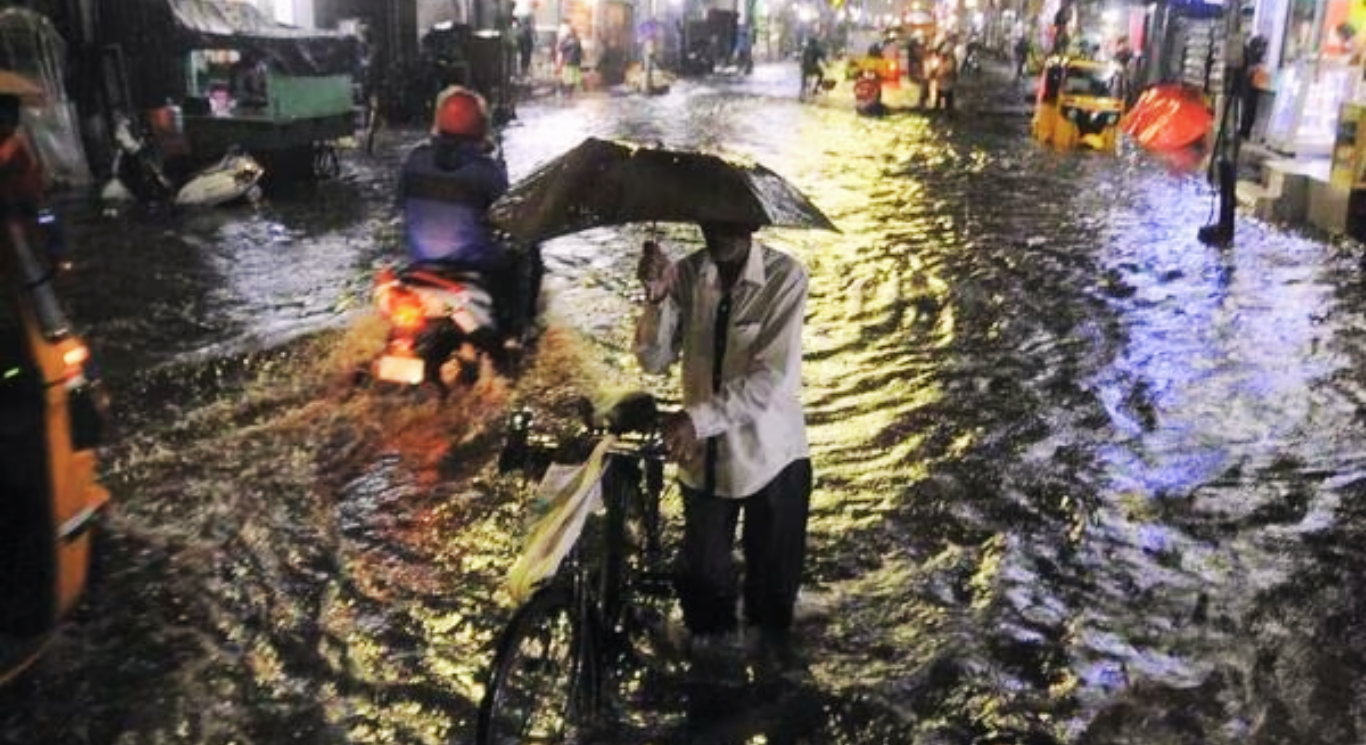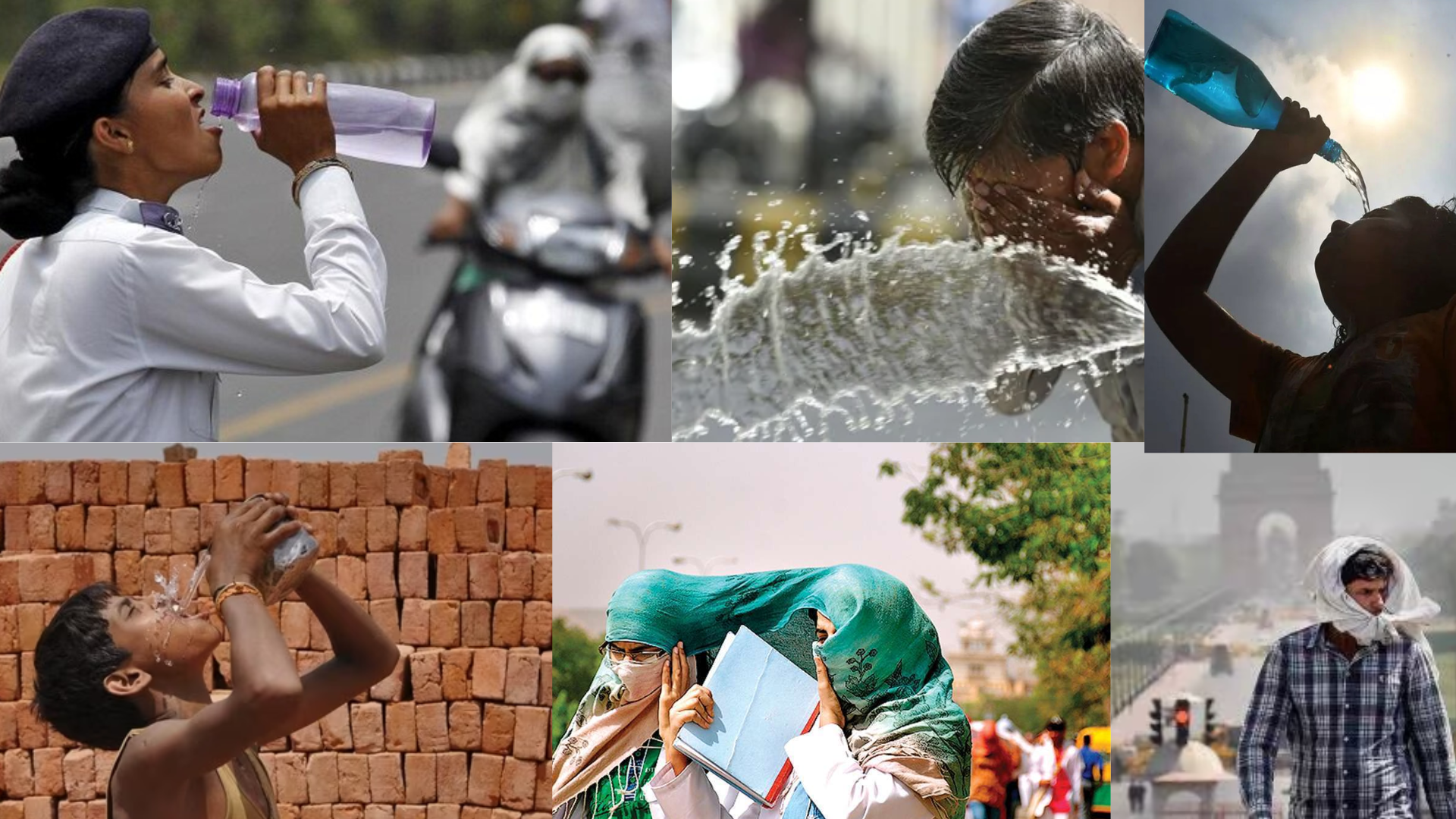










The India Meteorological Department (IMD) recently released seasonal weather forecasts for the hot season from March to May 2024. According to the IMD forecast, maximum temperatures are currently expected to be higher than normal in most of the country. Moreover, IMD predicts that the number of hot days will increase, especially in the states of Rajasthan, Gujarat, Haryana, Punjab, Madhya Pradesh, Maharashtra, Uttar Pradesh, Bihar, Jharkhand, West Bengal, Odisha, Chhattisgarh, Telangana, Andhra Pradesh. . and other areas. Parts of Karnataka and Tamil Nadu.
Summer in India lasts from March to May and temperatures across the country are expected to be warmer than normal. This forecast is particularly important because it affects public health and agriculture. Long-term hot and cold weather of this period may affect human health and crop production.
One of the factors causing the expected increase in temperature is the El Niño phenomenon, which is expected to last from March to May. El Niño is characterized by a warmer-than-average sea surface in the equatorial Pacific, often causing dryness and warmth in many parts of the world, including India. IMD warns that El Niño is associated with more hot days than normal, leading to increased stress in communities across the country.
Although the general trend is towards above-normal temperatures, IMD also noted some regional differences in temperature patterns. For example, while most of the country is expected to experience maximum temperatures, some areas, including the northwest (such as Delhi), are likely to experience heat and coolness, especially during the day, between day and night. first in the air. It’s the middle of March. This change can be attributed to the impact of the Western Disturbance, which is expected to bring rain to these areas.
In recent years, as a result of the warming movement of the world, it has been observed that the temperature change from winter to summer occurs earlier than normal. IMD Director General M Mohapatra said that this rapid change is due to the early start of winter, which leads to lower winter temperatures and the early arrival of spring.
Regarding rainfall, IMD predicts above-normal rainfall in 2019. Normal or above-normal rainfall is expected in many parts of the country in March. However, under normal conditions, there should be rainfall in some parts of the southeast of the Southern Peninsula and the northern and western parts. Even though it may rain throughout March, there will be no hot weather in northern and central India.
IMD forecasts also show the impact of the western disturbance, a storm coming from the Mediterranean region and beyond. In February, all eight western disturbances affected the weather in the western Himalayan states, causing rain, thunderstorms, hail, and even earthquakes in some areas. These impacts can have a significant impact on agriculture and public safety, highlighting the importance of accurate weather forecasting and planning.
Overall, IMD’s seasonal climate forecast indicates the need for preventive measures to reduce the adverse effects of extreme temperatures, especially for vulnerable groups and agriculture. As India prepares for an ever-hotter summer, keeping warm, improving water management, and strengthening early warning systems are critical to protecting lives and action.









